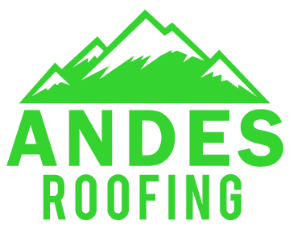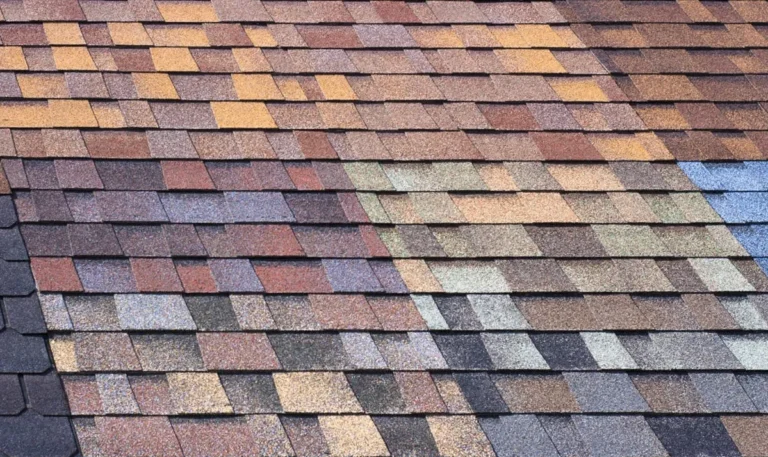There’s a big list of seasonal maintenance responsibilities for homeowners. Cleaning out your air ducts, flushing your water heater, and cleaning your gutters are all important tasks to keep your home functioning well.
Everyone has the tasks they don’t mind and the ones that they simply dread. If you find yourself putting off gutter cleaning each year, you’ve probably started looking at different types of gutter guards. Gutter guards help keep your gutters clear of debris, which means you don’t have to stand on a ladder and pick out leaves, twigs, and mud twice a year.
Sounds nice, right? Well, there are many different gutter brands on the market, so we’re going to compare two of the most popular gutter systems: Gutter Helmet vs LeafGuard. Plus, we’ll take a closer look at RainDrop Gutter Guards as a bonus option.
Why Functional Gutters Are Important

Rain gutters do more than just make the edges of your roof look complete. They keep your home in sound condition by directing rainwater away from your roof, siding, and foundation, which prevents:
- Mold
- Mildew
- Water damage
- Structural damage
Gutters are designed to catch rainwater as it streams down the roof. Then, the gutters direct the water to the edge, where it flows down downspouts and away from your foundation.
This part of your roofing system is non-negotiable. However, many homeowners experience frustration with traditional gutter designs because when they catch rainwater, they’re also catching leaves, twigs, and other debris.
Clogged gutters hinder the system from performing correctly, so they must be cleaned out twice a year. If cleaning your own gutters doesn’t sound appealing, you might consider gutter guards.
Gutter Helmet Pros and Cons
Gutter Helmet is a popular gutter system for homeowners. This product is custom-fitted and secured over your existing gutters. Gutter Helmet makes a “Never Clean Your Gutters Again” promise. Pretty enticing, huh?
Here’s how it works:
The Gutter Helmet researchers learned that surface tension passively draws rainwater around the edge of a gutter cover and subsequently into the gutter channel. In this process, the debris falls to the ground instead of into the gutter channel. The curved nose-forward design pulls rainwater into a 3/8″ entrance gap.
✅ Gutter Helmet Pros
- Lifetime manufacturer’s warranty
- Can work with oversized gutters
- Compatible with most gutter designs
- Multiple color options
- Successfully keep your gutters free of debris
- Heated add-on option called Helemt Heat to melt ice and snow in winter
❌ Gutter Helmet Cons
- Only available through authorized dealers and installers
- Once installed, they are difficult to remove
- Some online reviewers report overflow issues
- Still require some cleaning, which becomes more difficult
LeafGuard Pros and Cons
With a similar design, LeafGuard is another top competitor in the gutter industry. However, this product isn’t a guard that gets installed over your existing gutters— it’s a one-piece system that must replace your existing gutters.
LeafGuard also uses surface tension, but unlike Gutter Helmet, this product is mounted away from the roof shingles. LeafGuard makes the promise that your gutters are guaranteed not to clog, or they’ll clean your gutters for free.
The biggest push for this company is safety. LeafGuard recognizes how many ladder-related accidents and fatalities happen each year, so they designed a product to keep homeowners safe.
✅ LeafGuard Pros
- One-piece design
- Made from aluminum 20% thicker than industry standards
- Supported every two feet, which is twice the industry standard
- Available in multiple colors
- 1-day installation
- Lifetime product warranty
❌ LeafGuard Cons
- A more expensive product
- Must completely replace your existing gutters
- Can lead to ice dams in winter
- Occasional cleaning is more difficult and expensive
What Other Options Do I Have?
Both Gutter Helmet and LeafGuard are hood-style gutter guards, but there are more options out there besides that one style, including:
- Micro-mesh
- Sponge-type
- Screen
Here at Andes Roofing, we find screen-style gutter guards to be the most effective and least invasive for your home. Our preferred brand to install for homeowners is RainDrop, which we’ll go into more detail about below!
All About RainDrop Gutter Guards
RainDrop Gutter Guards fit onto 5″ and 6″ gutters and are installed over your existing gutters. The goal of RainDrop is to provide a maintenance-free and self-cleaning gutter protection system.
RainDrop Guards are made from polypropylene blended with UV stabilizers. It comes in black, so it looks like a natural shadow on the roofline rather than a bulky addition. The black color also helps naturally melt snow and ice in the winter.
Which Option Is Best for Your Home?
As a professional roofing company with years of hands-on experience in the field, we’ve seen how various gutter guards perform. Between Gutter Helmet and LeafGuard, LeafGuard tends to perform a bit better, but it does come at a higher cost.
We’ve found that screen-style gutter guards like RainDrop are both more affordable and more effective for most gutter systems. Unlike helmet-style guards, screen guards are easy to remove if desired. They also offer the best balance between allowing water through while keeping debris out.
Let Us Help Your Gutter System
We hope this guide on different gutter guard brands proved helpful. We know how beneficial gutter guards can be to homeowners, but only if they’re installed correctly and have a functional design.
If you live in Southern Indiana or Louisville, reach out to the expert team at Andes Roofing. We can provide a free consultation and give you a clear plan of how to optimize your gutter system.






